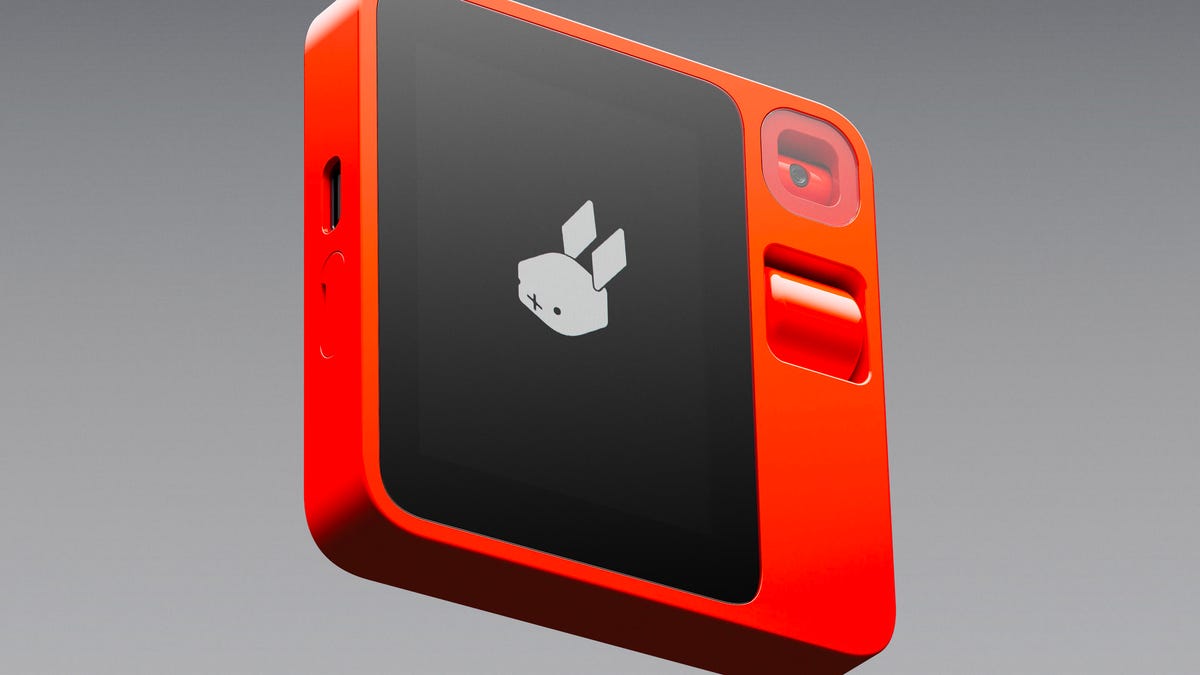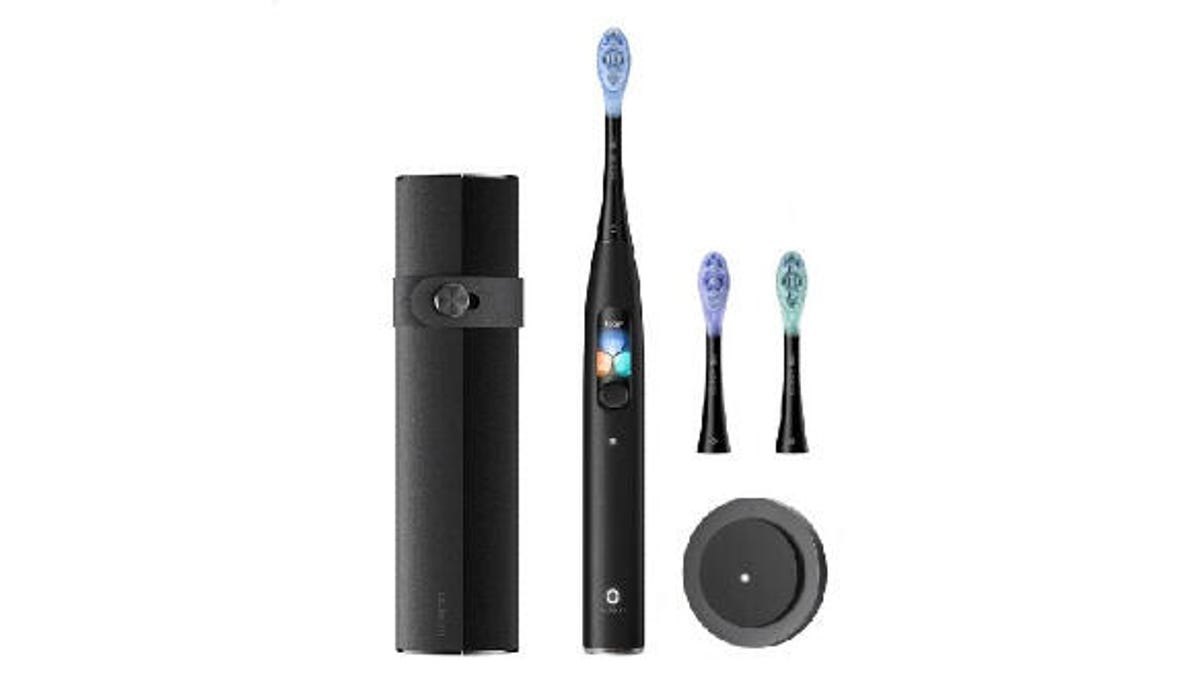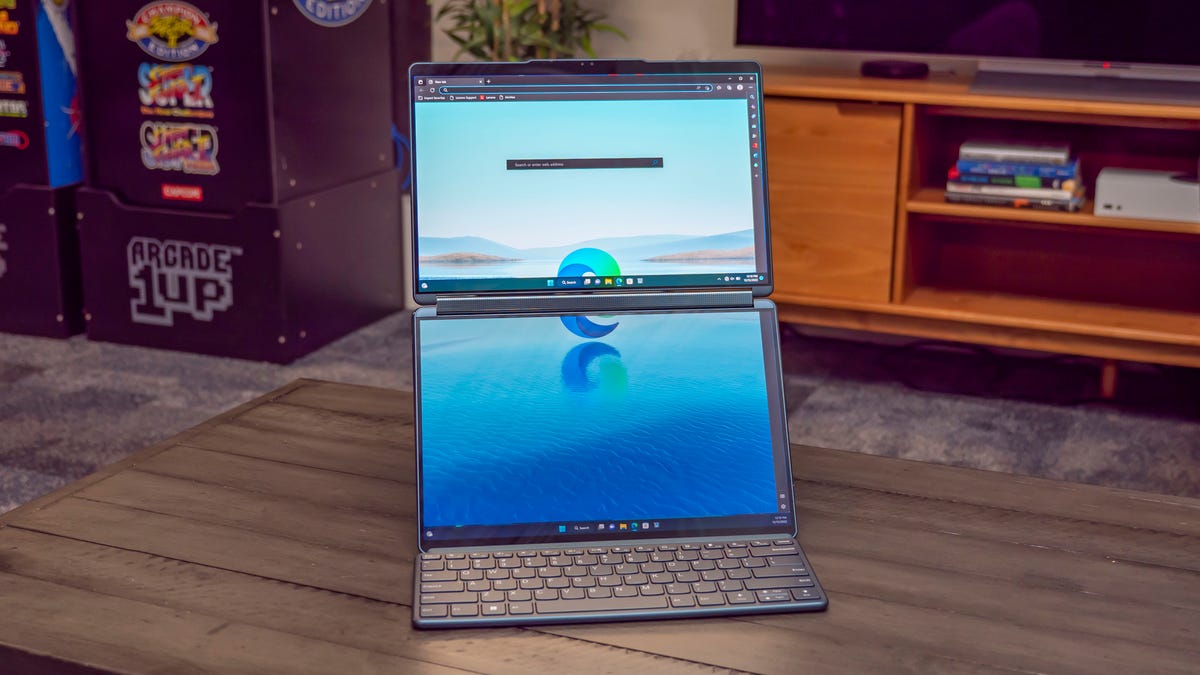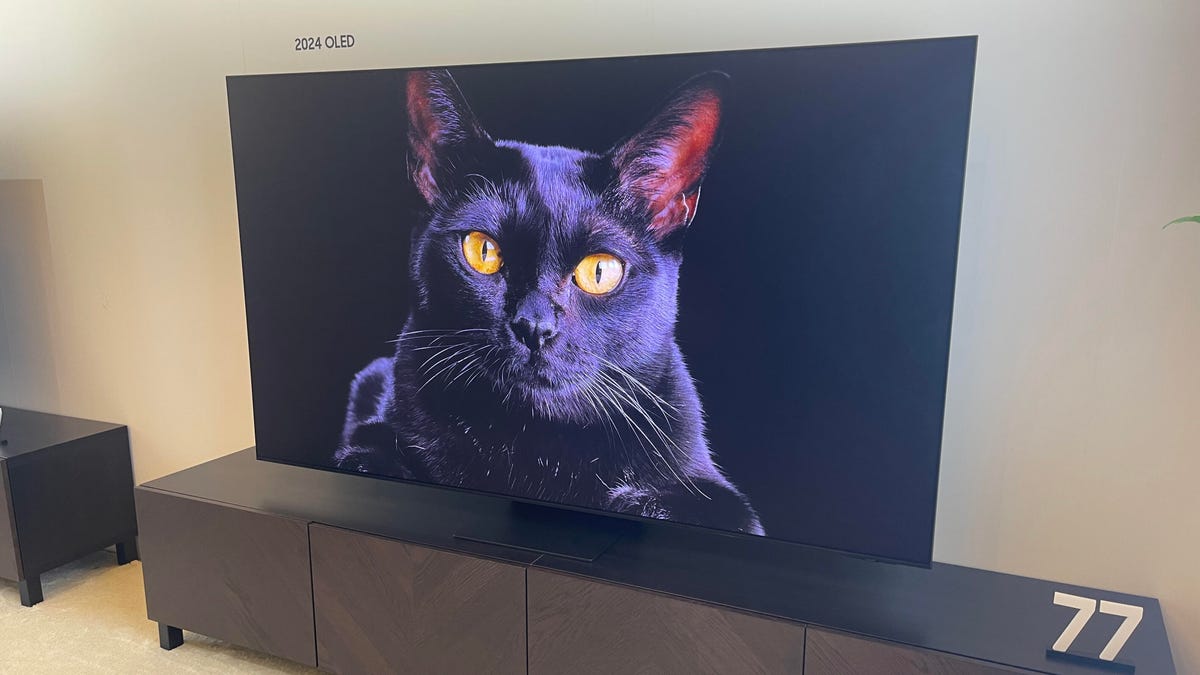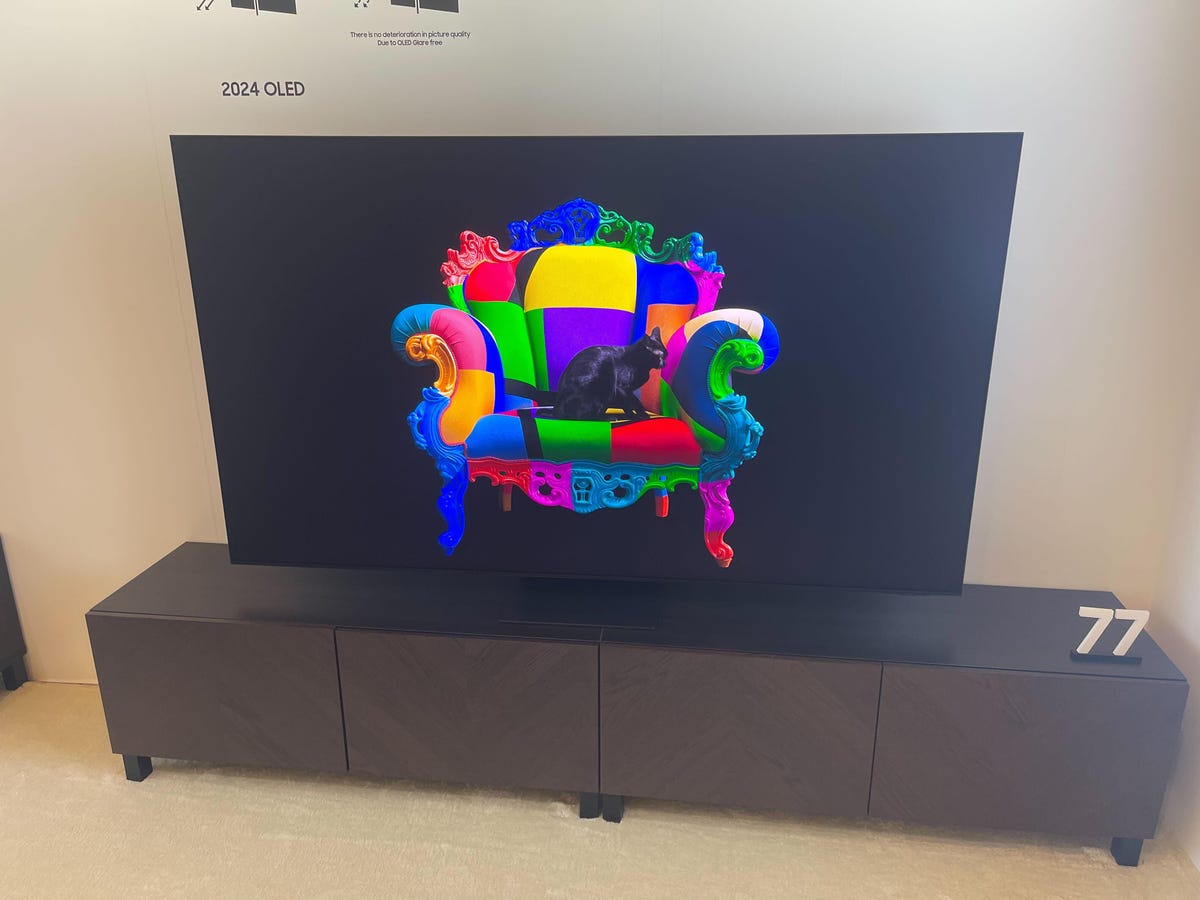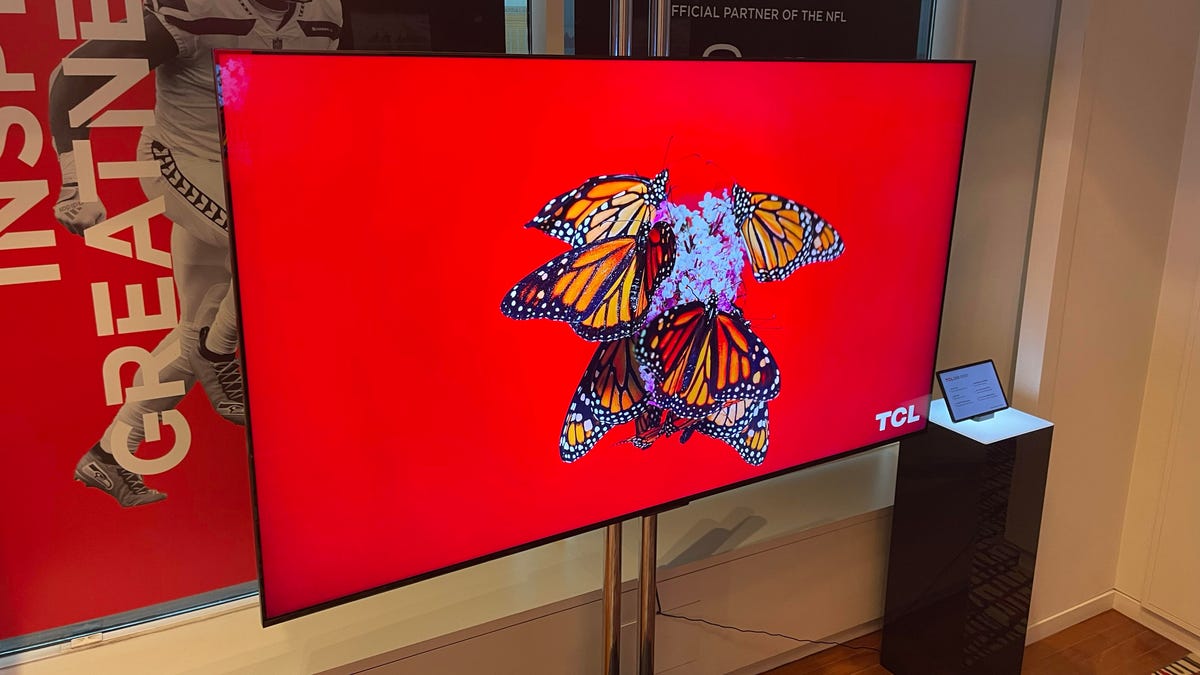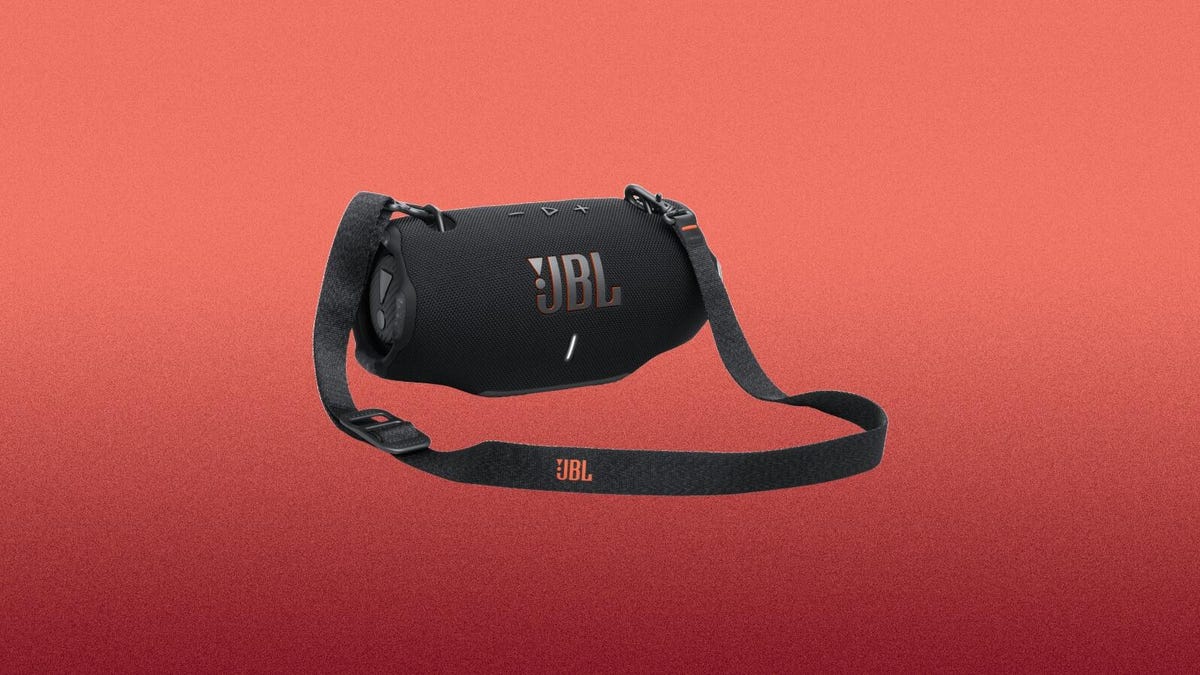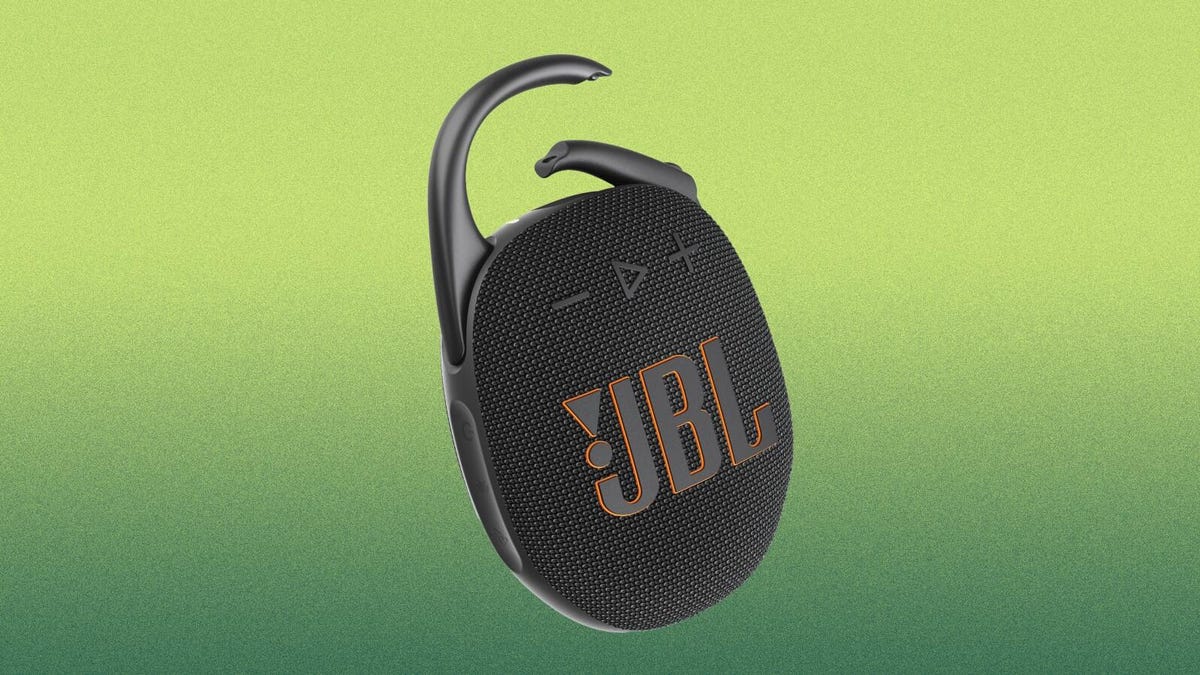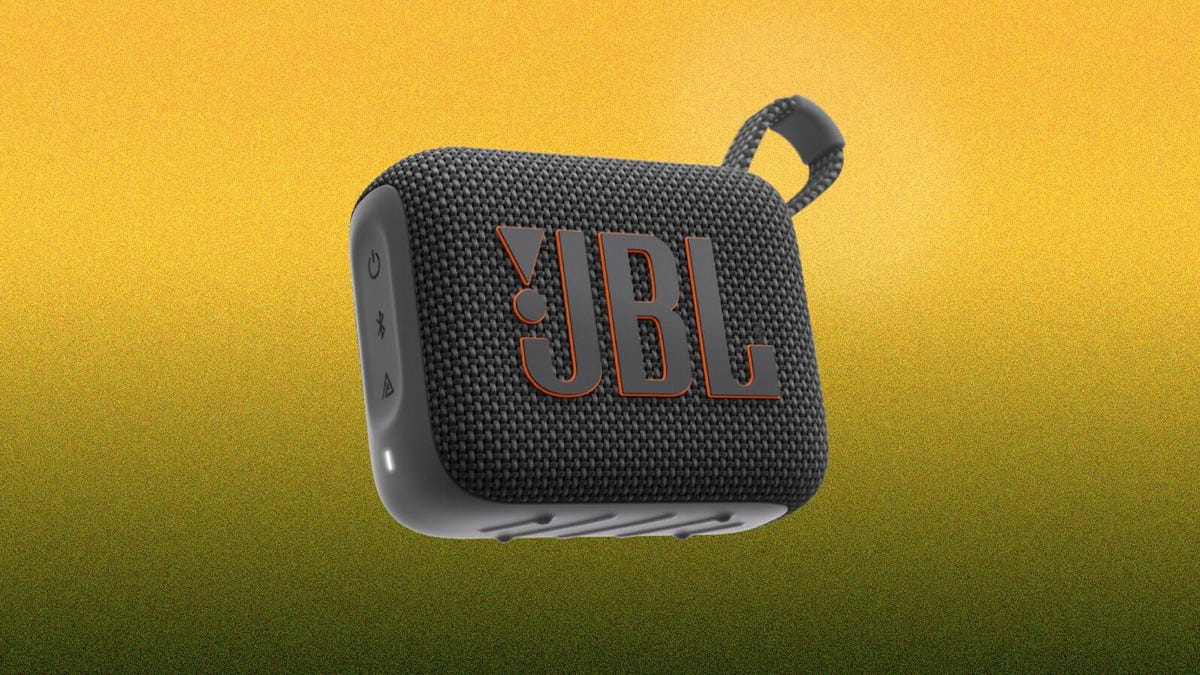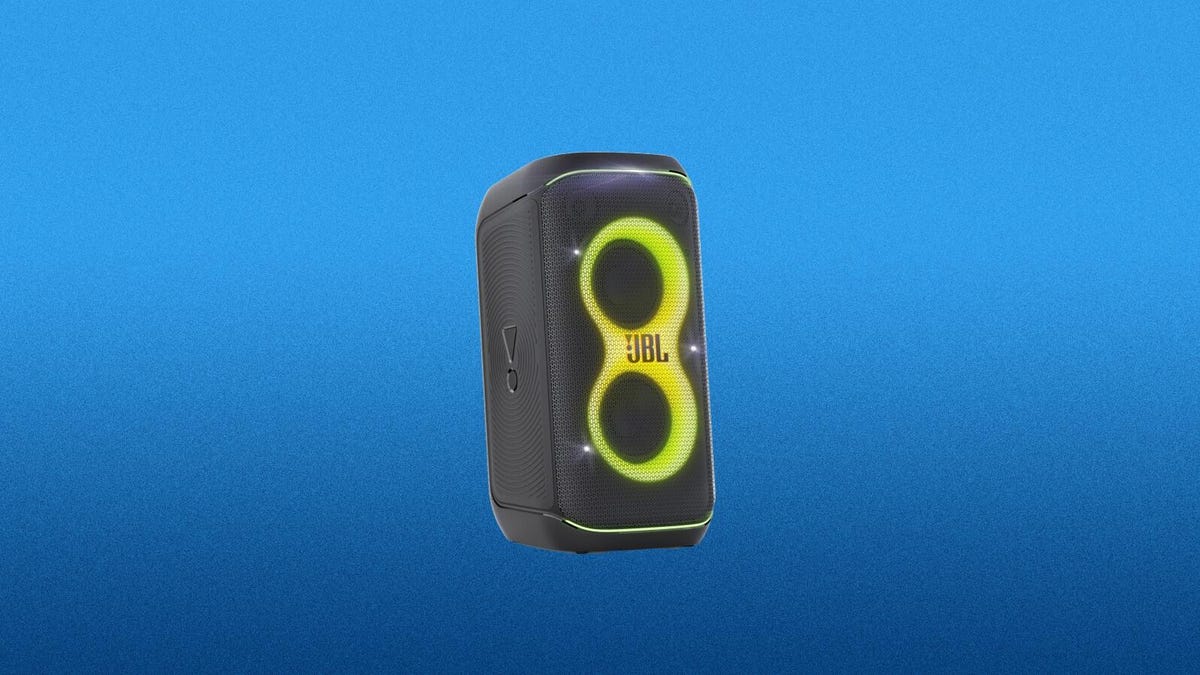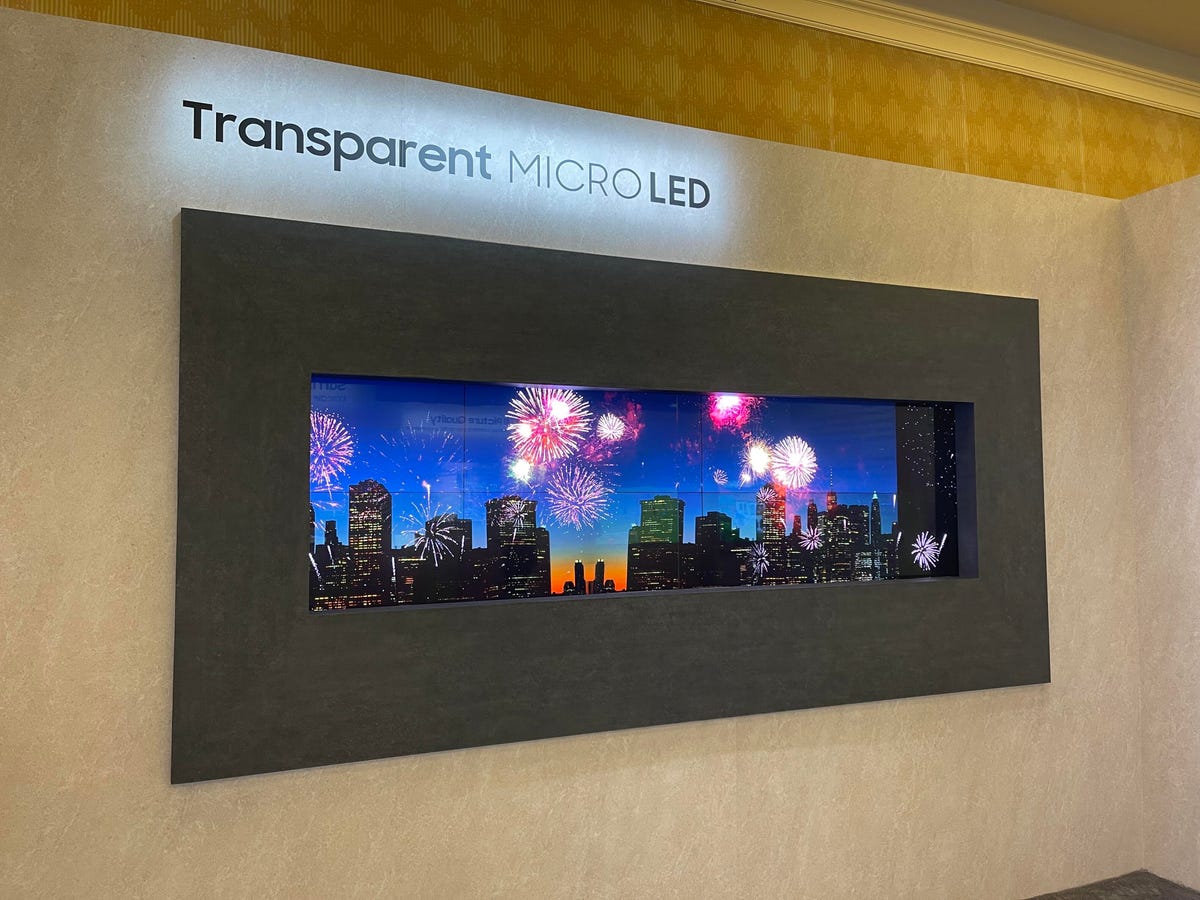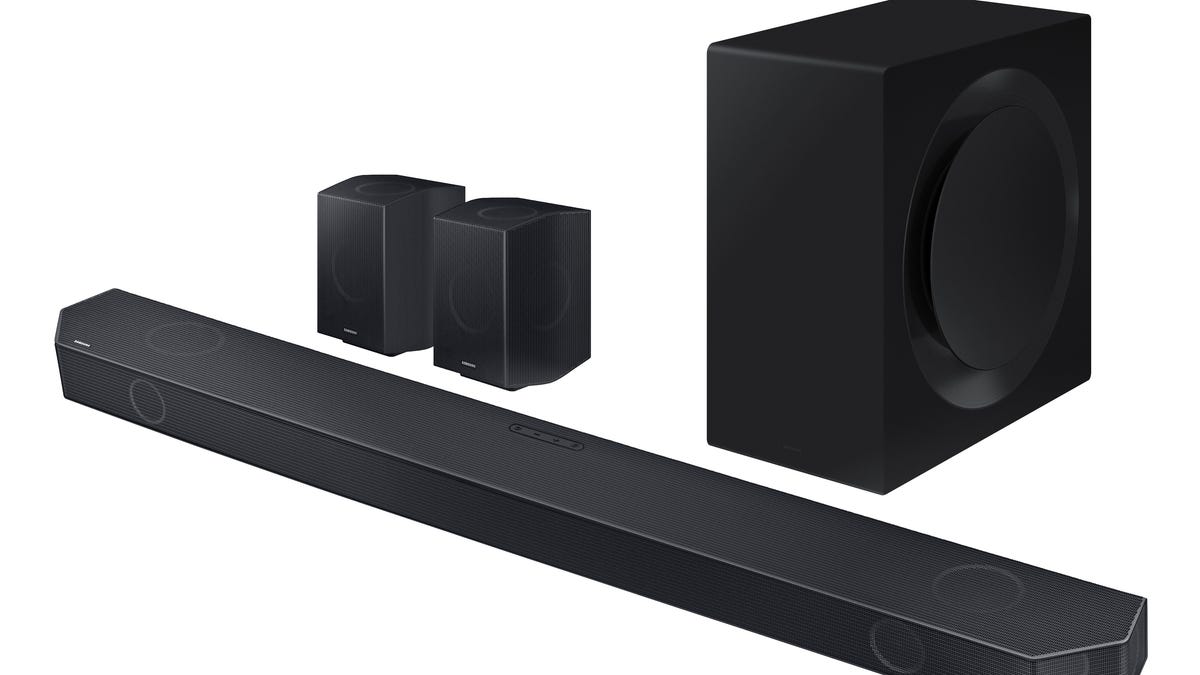New laptops, TVs and smart speakers are the usual suspects at CES 2024, the largest consumer electronics show in the world. But this year’s show also underscores how people are increasingly craving more niche devices, our longing for the past and the ways that AI — especially in the form of ChatGPT and similar generative AI chatbots — is becoming more integrated into our lives.
Here’s what’s captivating us at CES 2024. We’ll bring you more news on the best tech highlights as we come across them this week in Las Vegas.
Steam Deck has a new challenger
After years of near misses such as the Steam Machine, the Steam Deck was an unexpected success for Valve, and the console is the current standard for mobile PC gaming. While the competing Asus ROG Ally looked cool, using Windows on it was apparently pretty clunky. Now that situation might change with the help of Intel — the company has a lot of experience making Windows machines. MSI’s Claw handheld obviously owes a debt to the Steam Deck, but it has Intel’s new Meteor Lake chips onboard instead of AMD chips. CNET’s Scott Stein says this development means more manufacturers will have the opportunity to design their own Steam Deck-alikes that can also run Windows.
This phone bends over backward for you
As phones with screens that fold in half get more consumer attention, Samsung appears to be poised to flip the market again. The electronics giant showcased a concept handset at CES 2024 called the Flex In & Out Flip that can fold in both directions and completely backward, allowing you to use the phone’s 6.7-inch screen even when the device is shut.
When bent backward, one side is slightly shorter than the other, to avoid covering the camera, while the larger side was big enough to show several icons in the phone’s quick settings menu, media playback controls and the time and battery level. Although the handset is only a concept design right now, CNET’s Lisa Eadicicco points out that it might offer a hint at the future of devices that roll, flex, bend, fold and otherwise contort to adapt tech to our unique needs.
Get to work with this gaming laptop
More and more, we’re asking our laptops to do double duty. In addition to strong gaming performance, we want to be able to use these thinner, lightweight devices for work or school. The HP Omen Transcend 14, which made its debut at CES 2024, is light enough for a daily commute but sports a 14-inch 2.8K OLED display with a 48-120Hz variable refresh rate backed up by an Intel Core Ultra 9 185H and up to an Nvidia GeForce RTX 4070.
The 14-inch laptop weighs only 3.6 pounds (1.6 kilograms) — light for a gaming laptop and has battery life good for up to 11.5 hours with the integrated graphics and an Eco mode. The new 14-inch size starts at $1,500. A 16-inch version will also be available with the option for a 4K 240Hz OLED starting at $1,900.
This thermometer also checks your heart and lungs
If you ever wanted to hold up a single device to your head for a quick health checkup, the Beamo might be just what the doctor ordered. The BeamO, which looks like a game stick, is a four-in-one thermometer,electrocardiogram, oximeter and stethoscope made by Withings and it wasunveiled this week at CES 2024. Depending on where on your body you “beam it,” the device can give you clues about your health.
The device, which Withings describes as being “portable and smaller than a smartphone,”combines the simplicity of taking your temperature at home with some ofthe wellness metrics newer-grade wearables and smartwatches carry, likeblood oxygen and heart rate readings, as well as chest sounds when usedas a “digital stethoscope.”
Following expected clearance from the US Food and Drug Administration this June, you can get one for $250.
Forget a projector, get a huge TCL instead
CNET’s projector reviewer Geoff Morrison has been extolling the benefits of projectors for many years, but even he has come around to technologies like OLED and Mini-LED of late. What would he think of the new TCL 115QM891G? This is a 115-inch 4K LCD TV that’s up to five times brighter than most TVs, and with better blacks too, according to TV reviewer David Katzmaier.
As TV reviewers ourselves we’ve seen large TVs, but in the old days they were stuck at HD. The pixels on Panasonic’s 103-inch 1080p, for instance, were huge and easily noticeable. This is why 4K technology is so great — it means you can install a TV as big as a wall, and not see black lines between the pixels. The TCL also going to be a lot cheaper than that $100,000 Panasonic too, at under $20,000.
Stained glass gets a new lease on lifelong power
Solar panels are great — they produce electricity from one of the most abundant resources we have, and they pay for themselves in quick order — but no one has ever called them pretty. Fear not! Japanese company inQs has worked out a way to make solar cells out of colored glass. The company is exhibiting a number of objects at CES 2024, including a stained glass pane that generates electricity. The devices are small, and one was able to power only a desk fan, but we like how they point to a rethink of how solar panels should look and work.
Disguising weird-looking things has been a perpetual trend at CES, as with LG’s ArtCool air conditioners. And this year the Samsung Music Frame lets you put art inside a smart speaker.
Hey, Ida, which is better: Alexa or Siri?
AI is already everywhere here at CES 2024 — and adding to the list of products it’ll be appearing in is cars. Volkswagen has announced a deal with ChatGPT that enables users to ask all sorts of questions of their car, in the same way they would of a traditional digital assistant. At the moment, VW’s voice assistant lets users say, “Hey, Ida,” to ask a question about something basic, like requesting tire pressure. But the automaker’s cars are incapable of answering more advanced questions like, “When did the New York Jets last win the Super Bowl?” Under the new deal, if the car’s assistant can’t answer the question, it’ll hand off the query to ChatGPT. (Yes, the Jets did win one. But it was a very, very long time ago.)
It’s worth noting that competitors like Alexa, Google Assistant and Siri have been completing these queries natively for many years, so teaming with ChatGPT is an easier way for VW’s Ida to catch up.
Must-see-through TV
TVs are getting bigger every year, which means there’s a bigger slab of black plastic taking up a significant portion of the living room wall when it’s not in use. But what if we could make it disappear, without actually pulling it off the wall?
LG has apparently done just that with a transparent OLED screen that converts from a “fish tank” to a 77-inch television (pictured above). Unlike Samsung’s competing technology this will apparently be a real product, shipping later in 2024.
Meanwhile Samsung is showing off the first transparent version of its Micro-LED display tech at CES 2024. While transparent OLED and even LCD-based screens have been around for a while, Samsung says its Micro-LED display technology produces brighter, clearer images and is more transparent than the current tech. But Samsung says its transparent Micro-LED tech isn’t available in the market, so what Katzmaier saw (or didn’t see?) is essentially a concept.
A 2-minute ice cream maker
Coming soon to a restaurant near you: freshly made ice cream, ready from start to finish in just 2 minutes.
We’ve loved trying the vanilla ice cream churned out by the speedy ColdSnap — first in 2021 and then again this year. We’re still a year away from being able to buy one of these innovative ice cream makers for our homes, but the company came to CES this year with the news that its restaurant partners will have hold of the machines much sooner.
The countertop ice cream maker uses Keurig-like pods to make a bowl of the cold stuff in less than 2 minutes. The finished result has a gelato-like consistency that had us coming back for more every time we passed the ColdSnap booth.
Robot stain fighter
Here’s a product sure to clean up — literally. Samsung’s new Bespoke Jet Bot Combo, a smart robot vacuum with a mop, does more than just get rid of dust bunnies and dog hair. It’s designed to roam your rooms scouting for stains on hard flooring and scrub them out so you don’t have to.
The robot taps AI-powered object recognition to identify stains on hard flooring. Yes, it can tell the difference between the surfaces, presumably making adjustments to its cleaning technique accordingly. You can also tell this likely $1,000-plus household helper where it can and can’t go as it attacks stains as bad as a puppy piddle or a zinfandel spill with a spinning mop that hits 170 rpm. (Pricing details aren’t yet available.)
Teeth tech
AI isn’t just helping keep your floors clean, it’s also being used to make sure your teeth are as clean as they can be. The Oclean X Ultra Wi-Fi Digital Toothbrush features an algorithm-controlled motor, five brush modes tailored to specific needs, an interactive touchscreen that shows you areas you missed and an AI voice guide to help you improve your technique.
It also features Wi-Fi connectivity so you can pair it with your home network, and it will store information about your brushing history until you can download it to your app. It also offers 40 days of battery life through wireless charging. It will go sale in the US in the fall for $130.
What’s old is new
If you consider yourself an old-school smartphone user, you may yearn for the physical keyboards that used to be a mainstay of the phones of yesteryear. The iPhone’s on-screen keyboard ushered out the full physical keyboards that were popular on BlackBerry devices.
The Clicks keyboard, from Clicks Technology, will transform your iPhone 14 Pro or iPhone 15 Pro and Pro Max, adding a keyboard that’s actually integrated into a wraparound case. This $139 wraparound slides onto your device and runs off the phone’s battery, so no charging required.
It’s all in the wristwatch remote
Imagine using your wrist to control everything around you. A flick this way, and you can turn off the lights or scroll through the offerings on Netflix. Finnish startup Doublepoint has developed software that can turn an Android watch into a general-purpose controller for any device via a Bluetooth connection.
The software will come to developers in the first half of this year,but it’s up to developers and app-makers to decide what a small gesture, such as tapping fingers or rotating your wrist, will actually do.
Steven Musil, Sareena Dayaram, Katie Collins and Ty Pendlebury contributed to this article.


